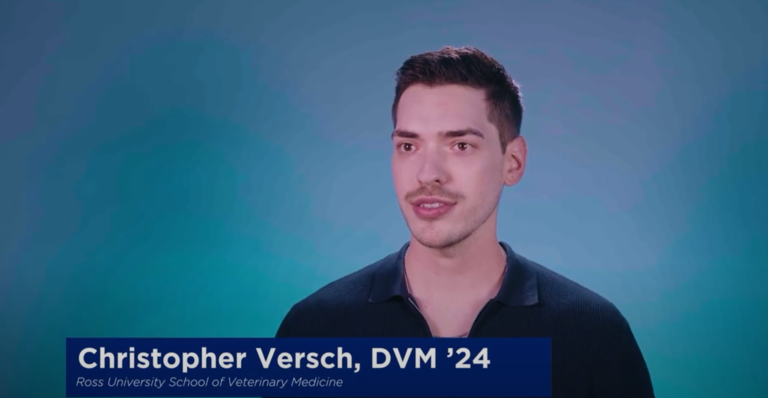Taking a ‘spectrum of care’ approach means providing judgment-free paths for owners and their pets.
There are many barriers that keep people from seeking care for the pets they love. Sometimes, it’s a lack of clinics or transportation to reach them. Hours that don’t mesh with work schedules. Cultural and language barriers.
Too often the barrier is cost.
Urethral obstructions are one common example. When your cat is unable to urinate, it can be a life-threatening emergency. Veterinarians are often trained to suggest one all-in approach to care—the “gold standard.” In this case, it could mean a full range of tests and as many as five days of 24-hour care with a catheter and IV.
The cost could be upward of $5,000. Some pet owners are left thinking their only other option is to put their beloved pet down.
Providing a “spectrum of care” approach can help.
A Spectrum of Care to Veterinary Medicine
“Unfortunately, most of what is considered the ‘gold standard’ is out of reach for so many families,” says Dr. Ashley Danowski, DVM ’17. “I want to say yes to people.”
One of the reasons Dr. Danowski can find ways to say yes is because she works at Mission Animal Hospital. The full-service, nonprofit in Minnesota is committed to making veterinary care accessible so all families can live their best life with their pet.
says Hospital Director Dr. Kelsey Bertamus.
Teaching Spectrum of Care
Dr. Danowski agrees that providing a spectrum of care has broadened and improved her skills as a veterinarian. It’s what motivates her to lead Mission Animal Hospital’s student externship program. Over two weeks, senior veterinary students see spectrum of care in action during appointments and emergency care. Students also meet with the animal hospital’s social worker to discuss approaches to care that are trauma-informed and relationship-centered.
The externship program receives support from the Adtalem Global Education Foundation.
“Our community is not the only one that faces difficulty when it comes to access to veterinary care,” says Dr. Danowski. “In teaching students how to navigate these challenges, we equip them to help other communities where they will soon be practicing veterinarians.”
Dr. Christopher Versch, DVM ’24, shares the hands-on experience he gained using the spectrum of care approach at Ross University School of Veterinary Medicine.
A Path to Spectrum of Care Practice
Dr. Danowski completed clinical rotations in Minnesota while a student at Ross University School of Veterinary Medicine. At RUSVM, she served as president of the student chapter of the American Veterinary Medicine Association, started a dentistry club, and was a teaching assistant for a toxicology course.
“I will always be grateful for my time at RUSVM and being able to be a part of the community on St. Kitts,” she says. “When I’m faced with a puzzling veterinary case and an owner who is faced with barriers to veterinary care, my experience helps me identify options outside of what may be considered typical.”
For more information, email the Adtalem Global Communications Team: adtalemmedia@adtalem.com.






